The efficient functioning of a commercial property’s plumbing system is critical to maintaining a comfortable and productive environment for clients, visitors, and employees alike. With commercial plumbing systems being more complex and extensive than residential ones, issues like clogged drains, sewage backups, and pipe damage can lead to significant disruptions, inconveniences, and expenses. Proactive management and preventive maintenance are essential to ensuring your plumbing infrastructure remains in optimal condition, and one of the most reliable methods of achieving that is through commercial sewer camera inspections offered by D&F Plumbing, Heating, and Cooling.
Sewer camera inspections are a non-intrusive method of inspecting underground pipes, allowing trained D&F Plumbing, Heating, and Cooling professionals to detect and pinpoint issues without causing unnecessary property disruption. By utilizing high-resolution cameras and specialized equipment, these inspections provide valuable insights into the condition of your plumbing system, promptly identifying any potential problems like cracks, blockages, or tree root intrusions.
Delve into the advantages of commercial sewer camera inspections, the technology behind the process, and how it can significantly contribute to keeping your property’s plumbing system in top shape. Learn the value of entrusting this task to our experienced professionals, who can provide expert analysis, recommendations, and solutions that cater to your business’s unique needs.
The Sewer Camera Inspection Process Explained
A commercial sewer camera inspection is a sophisticated and efficient method to assess the condition of your piping network. Here’s an overview of how the process works:
- Accessing the Riser: Our technician will locate the riser, which provides access to the sewer line, and remove the cap to create an entry point for the camera system.
- Inserting the Camera: A rod-mounted, waterproof, high-resolution camera is inserted into the sewer line. The flexible rod allows the camera to navigate bends and turns in the pipe, ensuring a thorough inspection.
- Capturing Real-Time Footage: The camera sends a live video feed to a monitor, where our technician can view and assess your plumbing system’s condition in real-time. This process allows for the identification of issues such as blockages, cracks, detached joints, or tree root infiltration.
- Analyzing and Documenting: Once the inspection is complete, our technician will analyze the footage, document any findings, and provide you with a detailed report to help you make informed decisions about your plumbing system’s maintenance, repair, or replacement needs.
Benefits of Commercial Sewer Camera Inspections
Investing in regular commercial sewer camera inspections brings numerous benefits to your business, such as:
- Accurate Diagnosis: Sewer camera inspections enable accurate identification of plumbing issues, helping you pinpoint the exact cause and location of the problem for targeted repairs.
- Cost Savings: By detecting potential issues early, you can address them before they escalate and cause costly damage to your property or plumbing system.
- Non-Invasive and Efficient: Sewer camera inspections require no excavation or property damage to inspect your pipes, saving you time, effort, and potential restoration costs.
- Preventive Maintenance: Regular inspections help identify minor issues that could become significant problems down the line, allowing you to proactively address them and maintain your plumbing system’s overall health.
When to Schedule a Commercial Sewer Camera Inspection
Timely sewer camera inspections are crucial to preventing potential plumbing system issues. Some scenarios that warrant a commercial sewer camera inspection include:
- New Property Acquisition: When purchasing or leasing a commercial property, it is vital to check the state of its plumbing infrastructure. A sewer camera inspection can reveal any existing or potential issues, avoiding surprises after occupancy.
- Persistent Drainage Problems: If your property experiences recurrent issues like slow-draining sinks, toilet backups, or unpleasant odors, a sewer camera inspection can help uncover the cause.
- Ongoing Preventive Maintenance: Regularly scheduled sewer camera inspections should be part of your property’s preventive maintenance plan, ensuring early detection of problems and maintaining your plumbing system’s health.
- Renovation or Expansion Projects: In the event of a renovation or expansion project, it is crucial to assess your plumbing network’s condition to mitigate any risks and ensure a smooth work process.
Trust Our Professionals for Comprehensive Sewer Camera Inspections
Partnering with our team of experienced professionals has several advantages when it comes to commercial sewer camera inspections:
- Expertise and Technology: Our technicians are highly trained, skilled, and experienced, using state-of-the-art equipment to provide accurate and efficient inspections.
- Customized Solutions: Based on your unique property requirements and the findings from the inspection, we can recommend and implement tailored solutions that address specific issues and suit your budget and preferences.
- Comprehensive Service: In addition to sewer camera inspections, our team offers a wide range of plumbing services to maintain, repair, and upgrade your commercial property’s plumbing system, ensuring you have a one-stop solution for your needs.
- Ongoing Support: Our customer-focused approach means you can rely on us for ongoing support and advice on maintaining your plumbing infrastructure in optimal condition.
Prioritize Your Plumbing System with Commercial Sewer Camera Inspections
Sustaining seamless plumbing operations is vital for the smooth functioning of any commercial property. Investing in regular commercial sewer camera inspections allows you to stay ahead of potential issues, prevent disruptions, and maintain a healthy and efficient plumbing system.
Rely on our team of skilled professionals at D&F Plumbing, Heating and Cooling to perform thorough sewer camera inspections for your commercial property. We can provide valuable insights and recommendations based on the inspection findings, helping you prioritize maintenance tasks, preemptively address issues, and ultimately preserve the integrity and efficiency of your plumbing network. Trust our expertise to keep your plumbing system in top condition and safeguard your property against unforeseen plumbing emergencies. Reach out to us today to discuss your sewer camera inspection needs and let us help you protect your investment!

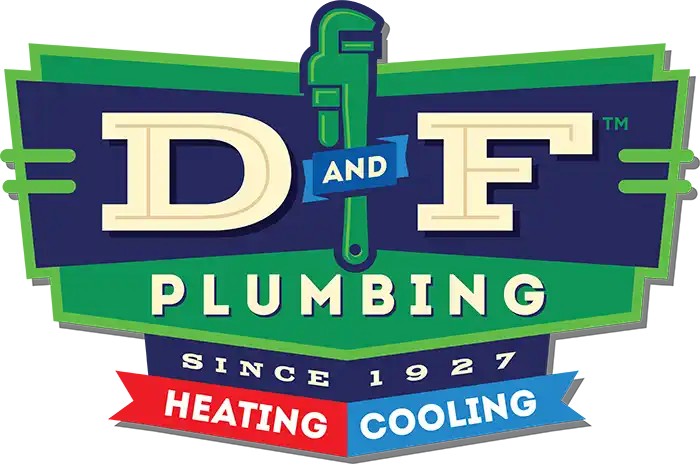
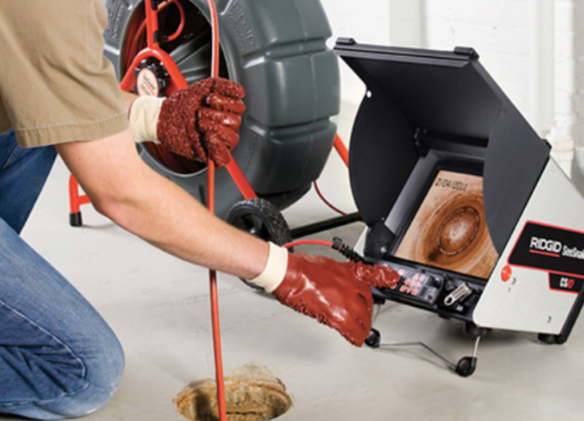
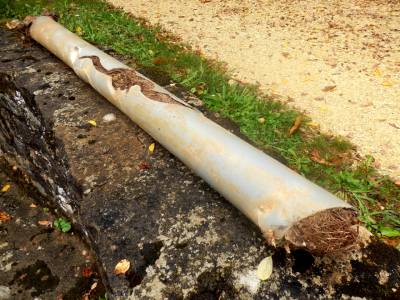
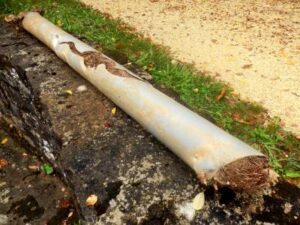 Here in the Pacific Northwest, we like to think of trees as our friends and neighbors. After all, like a dear friend, they’re always there for you, and they give great hugs. But did you know that the trees in your yard may be plotting against you? It’s true. Oh, they might look like they’re innocent, but deep down they want nothing more than to sneak into your pipes and turn your plumbing system into their drinking straw.
Here in the Pacific Northwest, we like to think of trees as our friends and neighbors. After all, like a dear friend, they’re always there for you, and they give great hugs. But did you know that the trees in your yard may be plotting against you? It’s true. Oh, they might look like they’re innocent, but deep down they want nothing more than to sneak into your pipes and turn your plumbing system into their drinking straw. 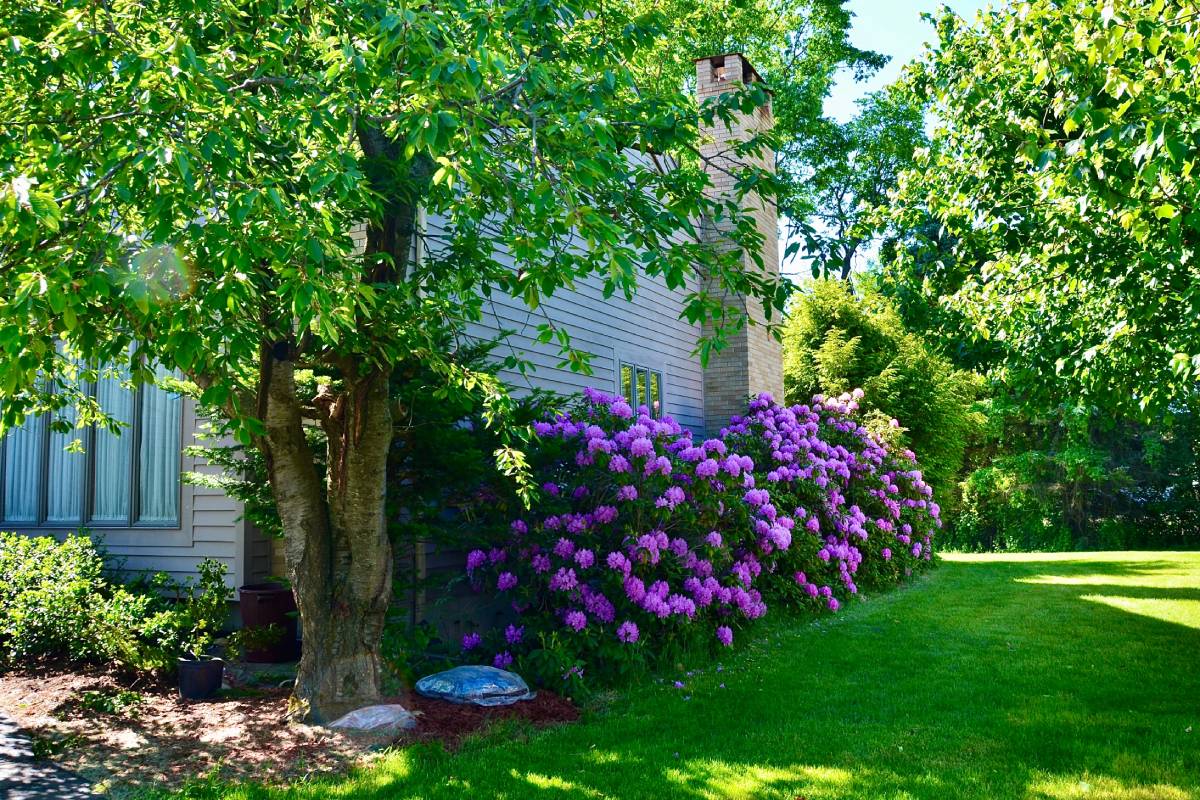
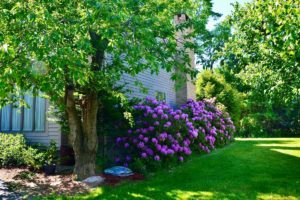 Just when you thought you had seen the end of your plumbing problems, plant life adds a whole new obstacle to your maintenance regimen. When shooting for aesthetics, many homeowners overlook the repercussions certain trees and shrubs can have on plumbing fixtures.
Just when you thought you had seen the end of your plumbing problems, plant life adds a whole new obstacle to your maintenance regimen. When shooting for aesthetics, many homeowners overlook the repercussions certain trees and shrubs can have on plumbing fixtures.

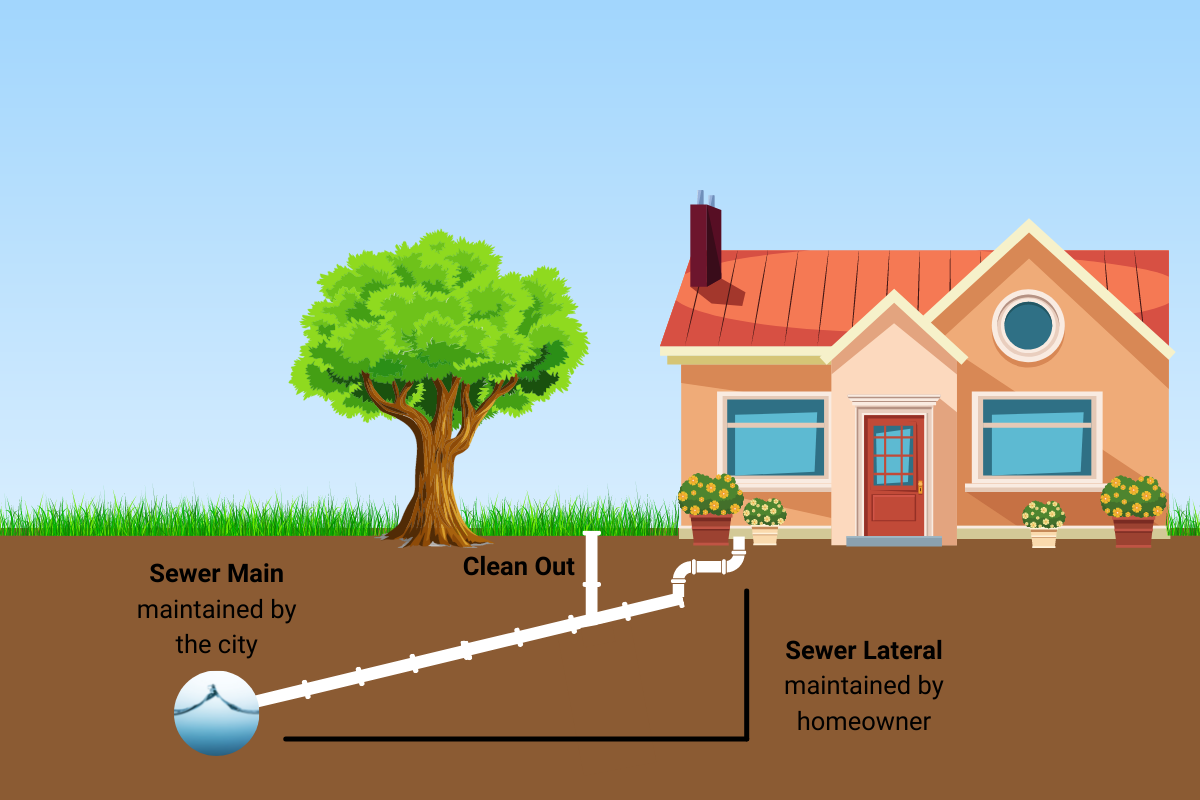
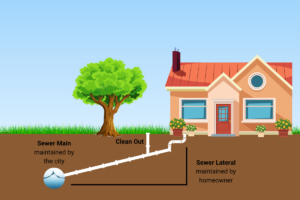
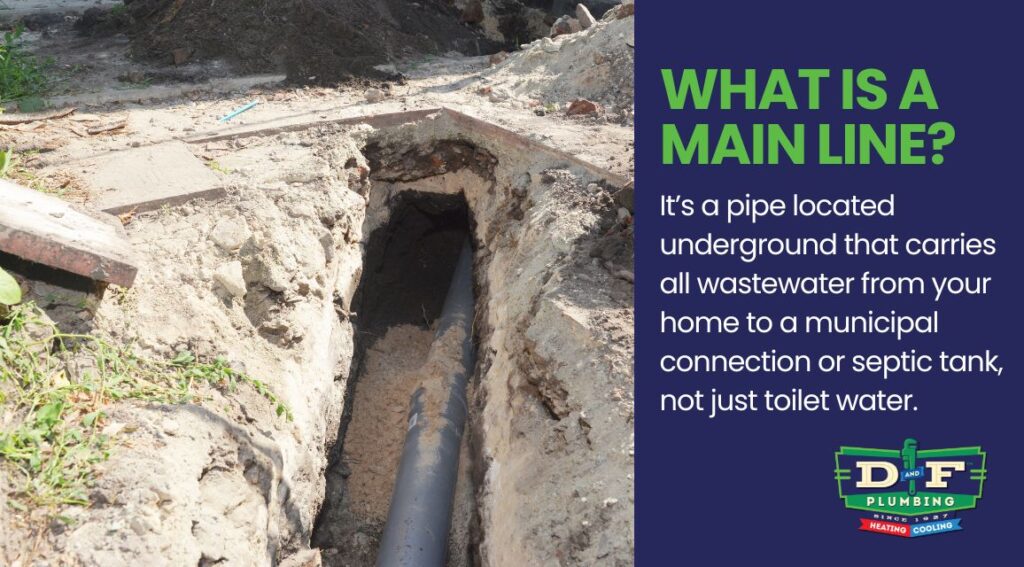
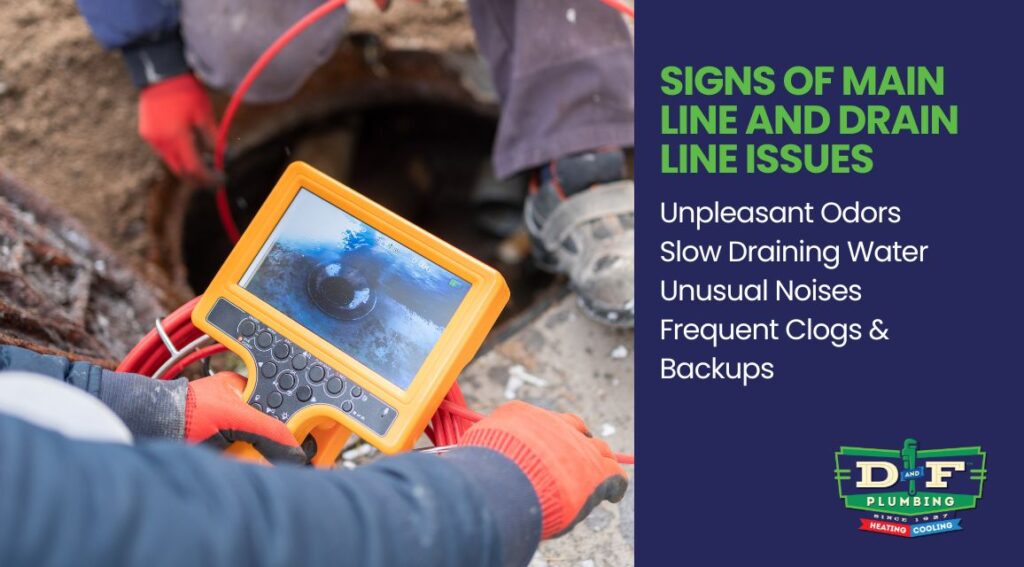
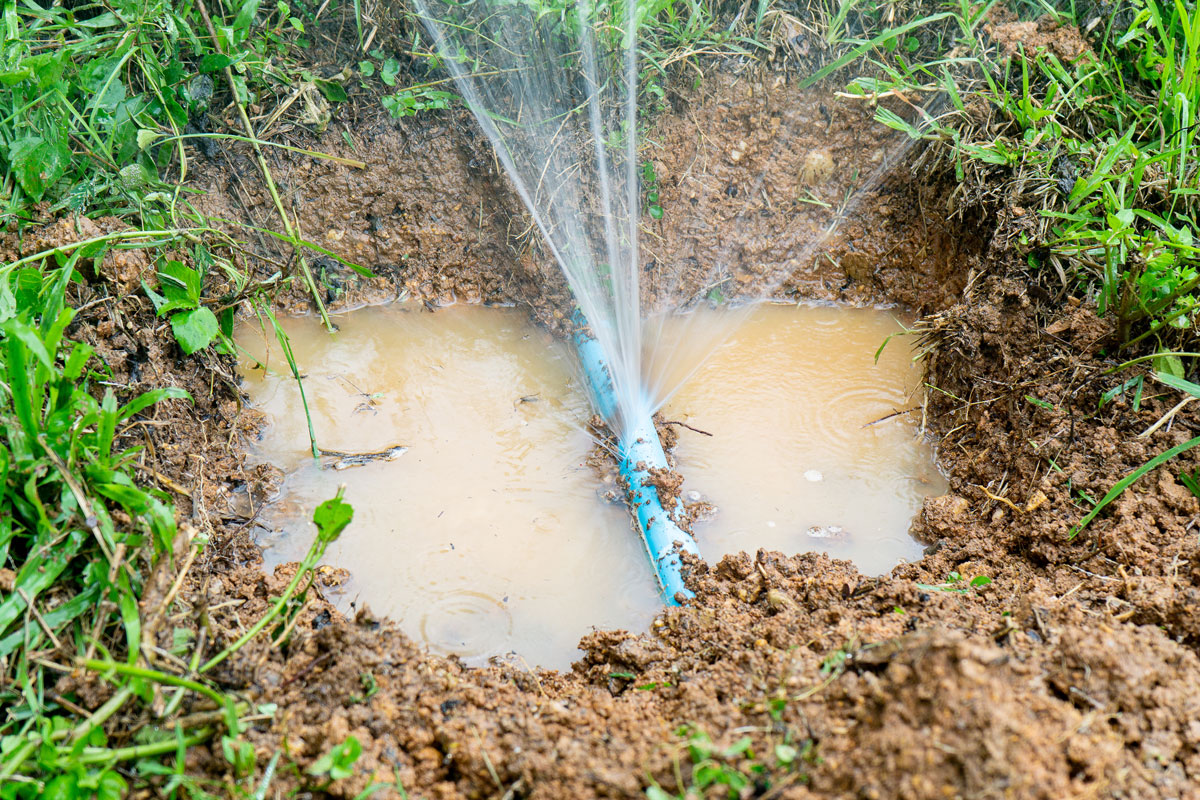
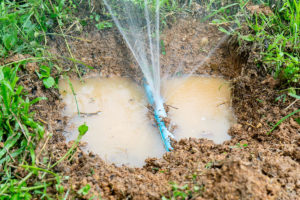 Spring has sprung! And after a cold winter some of your underground water pipes may have sprung a leak too!
Spring has sprung! And after a cold winter some of your underground water pipes may have sprung a leak too!
 Your sewer lines are buried underneath your property. They run from your home to the city sewer or septic tank. When these lines become damaged or clogged, they can burst and lead to sewage backups and pooling water in your lawn — which is not only a smelly nuisance but also a health hazard.
Your sewer lines are buried underneath your property. They run from your home to the city sewer or septic tank. When these lines become damaged or clogged, they can burst and lead to sewage backups and pooling water in your lawn — which is not only a smelly nuisance but also a health hazard.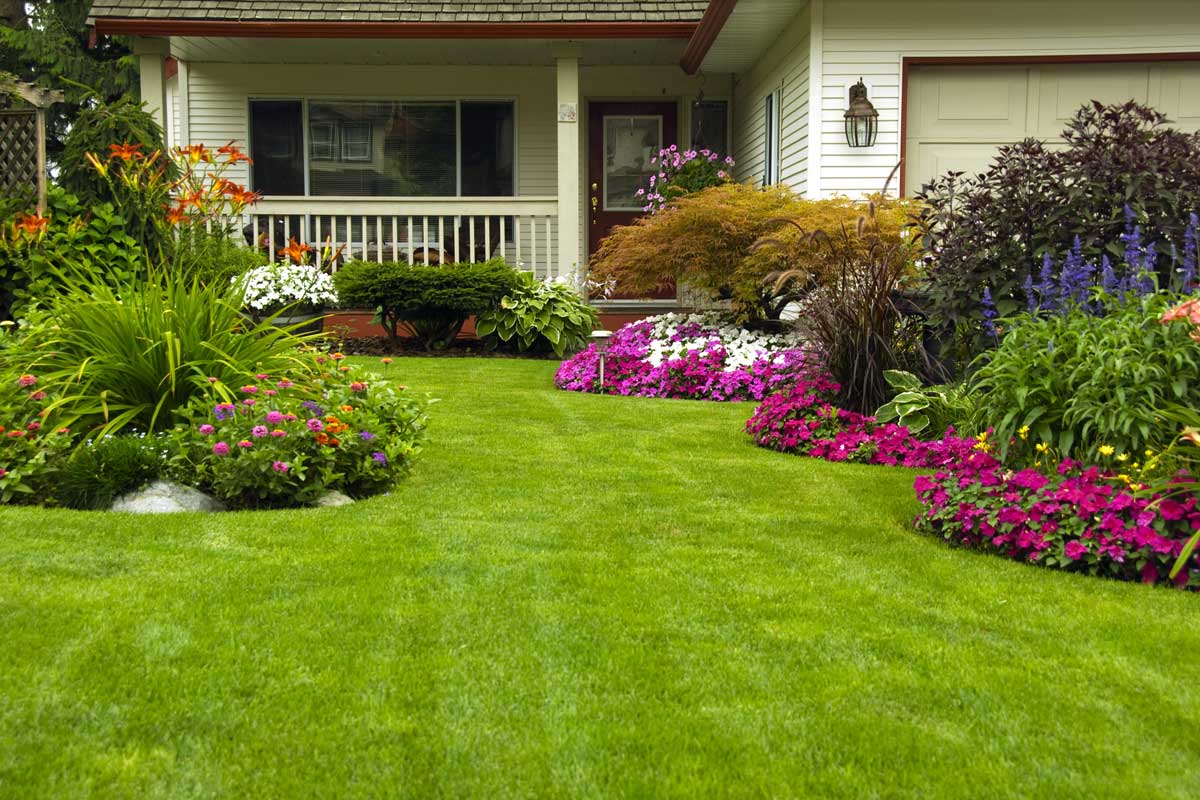
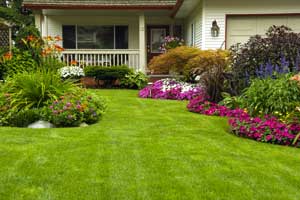 Unless you’ve had sewer problems before, chances are you’ve given little thought to your main sewer line lately. This line runs from your house to the city sewer, and carries all waste and used water away from your home. While the city is responsible for the sewer, you are responsible for the line from your home until it connects to the sewer.
Unless you’ve had sewer problems before, chances are you’ve given little thought to your main sewer line lately. This line runs from your house to the city sewer, and carries all waste and used water away from your home. While the city is responsible for the sewer, you are responsible for the line from your home until it connects to the sewer.